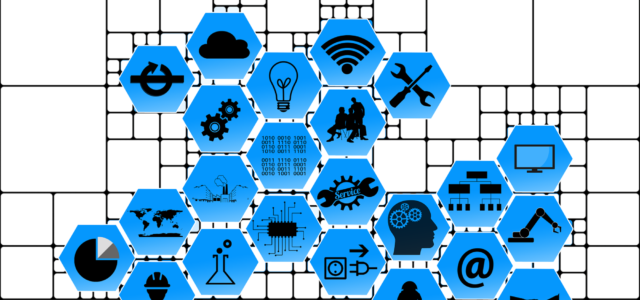Predictive analytics is not an exact science, and while that means it lacks the guarantee of success, there’s no question about what kind of impact it can have on modern industry.
By leveraging the right information, you can see exactly what your customers and clients want, how they’re going to react to your offerings and what that means for the future of your business. More importantly, you can gather enough information to make informed decisions going forward.
You suddenly know what new products and services you should be pursuing. You know how to gather more customers and how to keep the ones you have. You know how to find better partners, and how their operations impact your overall business and performance.
Specific applications vary from industry to industry, but general use is the same. You sift through swarms of data to extract trends, patterns, insights and lesser-known details, which you then utilize to help shape operations within your company.
One of the most widely used forms of predictive analytics or big data in modern industry is reliability analysis. Many manufacturing and development companies rely on it to keep equipment running in tip-top shape. Its core function is to evaluate incoming data from active systems as a means to estimate or discern failure rates. Through the use of reliability analysis, companies can better react to malfunctioning machinery by replacing it, maintaining it or finding alternate methods altogether. It is just one of many ways they use big data to improve operations.
Take a moment to consider other ways in which predictive analytics is used in the business world. This information will go a long way toward highlighting the potential it offers, particularly in how it can transform modern industry.
Health Care Applications
There’s a lot going on at a hospital or medical facility, which might cause a lot of issues to go unnoticed. What makes this worse in health care is that a simple mistake can have monumental consequences. A nurse who forgets to sanitize or wash their hands could be spreading infection and illness freely, but by the time anyone notices it would be too late. Rare, life-saving equipment might be misplaced or lost somewhere on the property, and the first time anyone realizes will likely be during a major operation where it’s sorely needed.
Predictive analytics can help considerably in health care if only to cut down on some of these issues and improve efficiency across the board. In the case of misplaced equipment, for instance, GPS and location-tracking data could easily be used to monitor and identify its location in real-time.
Health Catalyst, an analytics company formed in 2008, currently provides several analytics services to health care providers. Its systems — Catalyst.ai and Healthcare.ai — can help analyze a swath of operations and performance data to improve conditions at a facility.
Some of the things these technologies can do include preventing hospital-borne infections, predicting chronic diseases using patient symptoms and stats, and assessing the risk of absentees.
The transformation then is certainly positive and reveals a push toward speedier solutions and treatments and improved health care for all.
Consumer Goods and Services
The art of retail and consumer-based services is knowing exactly what your audience wants when they want it and how to give it to them in a cost-effective way. Predictive analytics can help businesses gather and utilize improved consumer insights.
A tool such as Presidion’s Customer Analytics Solution ingests data to provide enterprises with information about their target audience and helps identify problematic operations or service patterns. It can also process customer performance data to discover buying behaviour and historical trends. It’s a comprehensive solution for analyzing and understanding consumer-centric details.
With such tools, a business is instantly armed with the opportunity to make better decisions, enact more successful operations, and improve customer experience to build loyalty, growth and revenue.
Transportation and Public Transit
Transportation is used in modern business regularly, especially to move or relocate goods and distribute inventory. Predictive analytics can help any business with a fleet of vehicles — be it air, ground or sea — to optimize operations in the supply chain.
Information about a vehicle’s historical performance and problems could result in an improved maintenance process. In fact, having this information ready in real-time allows for predictive maintenance or the act of making changes before there’s a major failure or malfunction. This helps the fleet itself and also prevents large delays and performance issues across the supply chain.
The same is offered by location and GPS-based data that comes in about a fleet’s movements. Incoming data about a vehicle’s path could reveal traffic congestion in an area, poor roadway construction and any number of factors that slow down said vehicle’s movements. Predictive solutions could then be used to find a better, faster route — the least of which offers a safer roadway for your fleet.
More Predictive Analytics Applications
A more comprehensive list would include dozens — if not hundreds — of potential applications for predictive analytics solutions and platforms. The reality is that the technology can be used in a nearly endless amount of ways to improve modern industry.
Improvements can also be realized in:
- Finance and banking
- Heavy industry and machinery
- Research and development
- IT and cybersecurity
- Agriculture and farming
- Aeronautical and airline
- Law
- Pharmaceuticals
- Food and beverage
- Entertainment and recreation
Again, this is just a handful of potential applications for the technology. It’s safe to say that predictive analytics and big data can be leveraged across the entire business ecosystem.
Article by channel:
Everything you need to know about Digital Transformation
The best articles, news and events direct to your inbox
Read more articles tagged: Featured, Predictive Analytics







